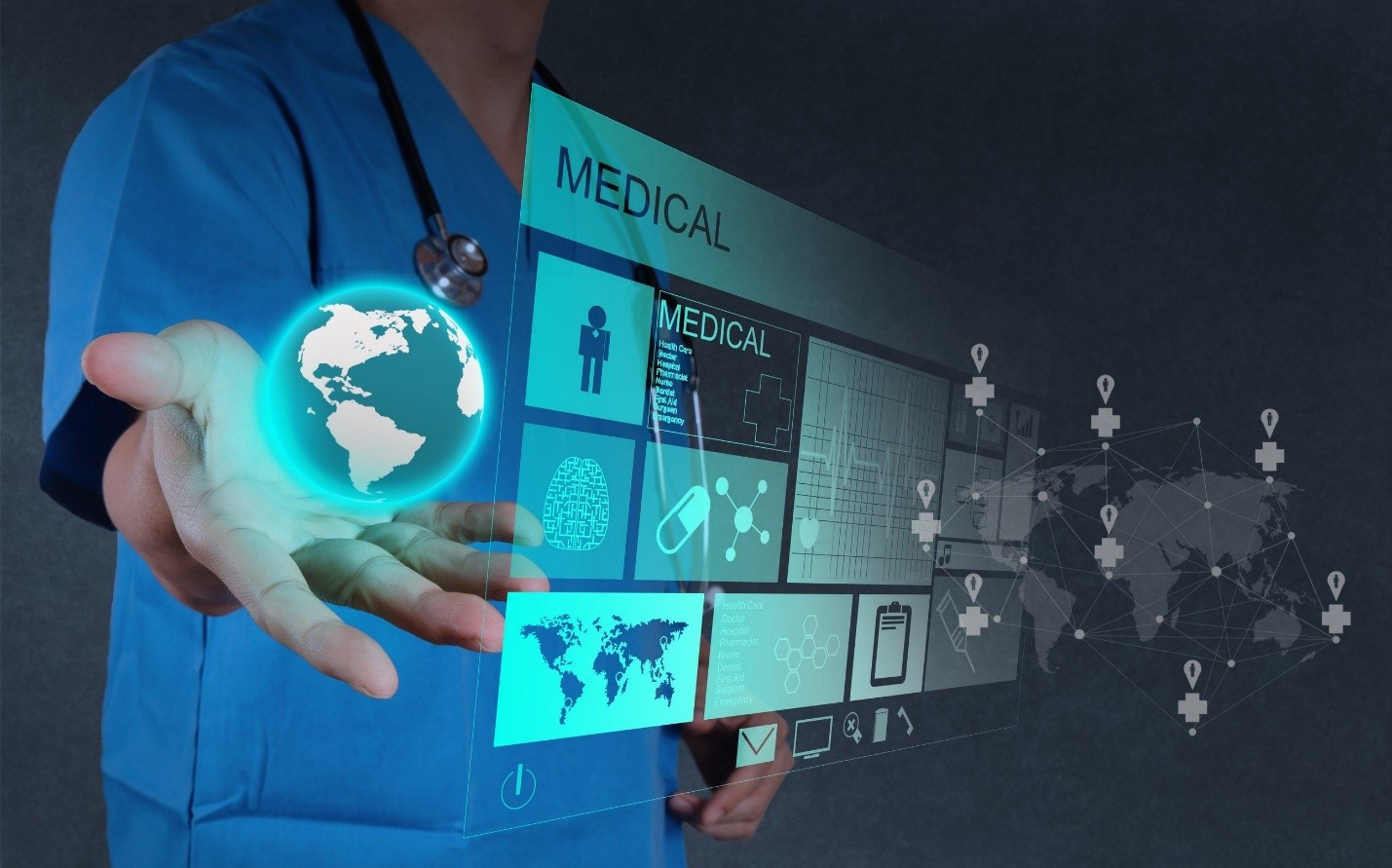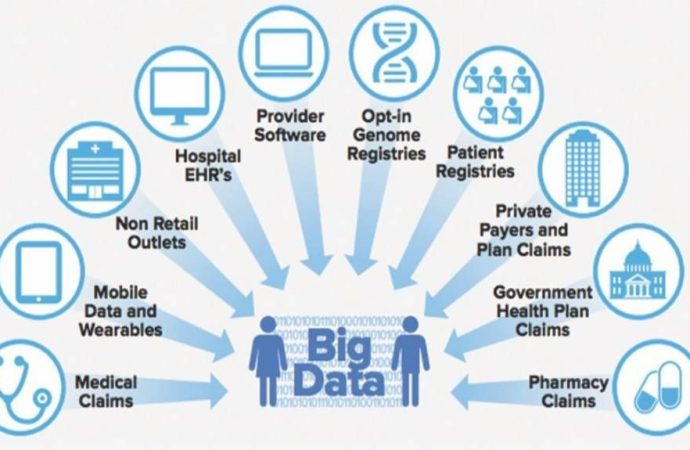Big Data has emerged as a transformative force across various sectors, and public health is no exception. The intersection of Big Data and public health has led to significant advancements in surveillance, enabling more proactive, precise, and effective responses to health threats. This article delves into the role of Big Data in public health surveillance,
Big Data has emerged as a transformative force across various sectors, and public health is no exception. The intersection of Big Data and public health has led to significant advancements in surveillance, enabling more proactive, precise, and effective responses to health threats. This article delves into the role of Big Data in public health surveillance, highlighting its benefits, challenges, and future prospects.
Understanding Big Data in Public Health
Big Data refers to the vast volumes of data generated from diverse sources, including electronic health records (EHRs), social media, mobile applications, wearable devices, and more. In the context of public health, Big Data encompasses information related to disease outbreaks, environmental health, lifestyle factors, genetic information, and healthcare utilization patterns.
Public health surveillance involves the continuous, systematic collection, analysis, and interpretation of health-related data. The primary goal is to monitor the health status of populations, detect potential health threats, and inform public health actions. Integrating Big Data into public health surveillance has the potential to revolutionize how we understand and respond to health issues.
Benefits of Big Data in Public Health Surveillance
- Early Detection of Disease Outbreaks: One of the most significant advantages of Big Data in public health surveillance is the ability to detect disease outbreaks early. Traditional surveillance methods rely on clinical reports and laboratory confirmations, which can be time-consuming. In contrast, Big Data allows for real-time monitoring of various data streams, such as social media posts, search engine queries, and emergency department visits. By analyzing these data sources, public health authorities can identify unusual patterns and potential outbreaks much sooner, enabling prompt interventions.
- Enhanced Predictive Analytics: Big Data analytics can predict disease trends and outbreaks by identifying patterns and correlations within large datasets. Machine learning algorithms and artificial intelligence (AI) models can analyze historical data to forecast future health events. For example, predictive models can estimate the spread of infectious diseases like influenza or COVID-19, helping public health officials allocate resources and implement preventive measures more effectively.
- Improved Resource Allocation: Efficient resource allocation is crucial in public health, especially during emergencies. Big Data can provide insights into the distribution of health resources, such as vaccines, medical supplies, and healthcare personnel. By analyzing data on disease prevalence, population demographics, and healthcare infrastructure, public health agencies can optimize resource allocation to areas with the greatest need.
- Personalized Public Health Interventions: Big Data enables the customization of public health interventions based on individual and community-level data. By analyzing data on lifestyle, genetics, and environmental factors, public health professionals can design targeted interventions that address specific health risks. For instance, personalized health recommendations can be provided to individuals at high risk of chronic diseases, leading to more effective prevention and management strategies.
- Enhanced Surveillance of Non-Communicable Diseases: While infectious diseases often dominate public health surveillance, non-communicable diseases (NCDs) like diabetes, cardiovascular diseases, and cancer are significant public health challenges. Big Data can enhance the surveillance of NCDs by integrating data from various sources, such as EHRs, wearable devices, and patient-reported outcomes. This comprehensive approach allows for better monitoring of disease prevalence, risk factors, and treatment outcomes.

Picture by: Yandex.com
Challenges in Implementing Big Data in Public Health Surveillance
Despite its numerous benefits, the integration of Big Data into public health surveillance is not without challenges. Addressing these challenges is essential to fully harness the potential of Big Data.
- Data Privacy and Security: The use of Big Data in public health raises concerns about data privacy and security. Health data is highly sensitive, and unauthorized access or breaches can have serious consequences. Ensuring robust data protection measures, such as encryption, anonymization, and secure data sharing protocols, is crucial to maintaining public trust and compliance with regulations like the Health Insurance Portability and Accountability Act (HIPAA).
- Data Quality and Standardization: The accuracy and reliability of Big Data are paramount for effective public health surveillance. However, data from diverse sources may vary in quality, completeness, and format. Standardizing data collection methods and implementing quality control measures are essential to ensure the validity and comparability of data. Additionally, addressing issues like missing data and data biases is critical for accurate analysis and interpretation.
- Interoperability: Public health surveillance relies on data from multiple sources, including healthcare providers, laboratories, and public health agencies. Interoperability, or the ability of different systems to exchange and use data seamlessly, is a significant challenge. Developing standardized data formats and promoting the adoption of interoperable health information systems can facilitate data integration and sharing.
- Technical and Analytical Expertise: The effective use of Big Data in public health requires specialized technical and analytical skills. Public health professionals need training in data science, machine learning, and AI to analyze and interpret complex datasets. Building capacity and fostering collaborations between public health experts and data scientists are essential to bridge this expertise gap.
- Ethical Considerations: The use of Big Data in public health raises ethical considerations, such as informed consent, data ownership, and the potential for discrimination. Ensuring ethical practices in data collection, analysis, and use is crucial to protect individuals’ rights and promote equity in public health interventions.
Future Prospects of Big Data in Public Health Surveillance
The future of Big Data in public health surveillance holds immense promise. Advances in technology, such as the Internet of Things (IoT), blockchain, and AI, will further enhance data collection, security, and analysis capabilities. Here are some potential future developments:
- Integration of Wearable Devices and IoT: Wearable devices, such as fitness trackers and smartwatches, generate continuous health data, including heart rate, physical activity, and sleep patterns. Integrating data from wearable devices and IoT sensors into public health surveillance can provide real-time insights into population health trends and enable timely interventions.
- Blockchain for Data Security: Blockchain technology offers a decentralized and secure way to store and share data. Implementing blockchain in public health surveillance can enhance data security, integrity, and transparency. It can also facilitate secure data sharing between different stakeholders while maintaining individuals’ privacy.
- AI-Driven Insights: AI and machine learning algorithms will continue to evolve, providing more sophisticated and accurate insights from Big Data. Advanced AI models can identify complex patterns, predict disease outbreaks with higher precision, and support decision-making processes in public health.
- Global Health Surveillance Networks: The integration of Big Data can facilitate the development of global health surveillance networks, enabling real-time data sharing and collaboration across countries. Such networks can enhance the early detection and response to global health threats, such as pandemics and emerging infectious diseases.
Conclusion
Big Data has the potential to revolutionize public health surveillance by enabling early detection of disease outbreaks, enhancing predictive analytics, improving resource allocation, and facilitating personalized interventions. However, realizing the full potential of Big Data requires addressing challenges related to data privacy, quality, interoperability, technical expertise, and ethical considerations. As technology continues to advance, the future of Big Data in public health surveillance looks promising, offering new opportunities to protect and improve population health on a global scale.
















